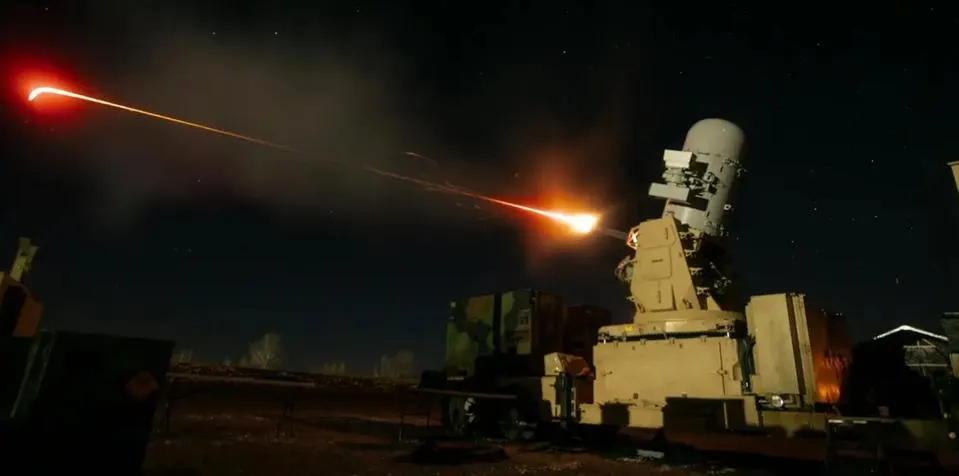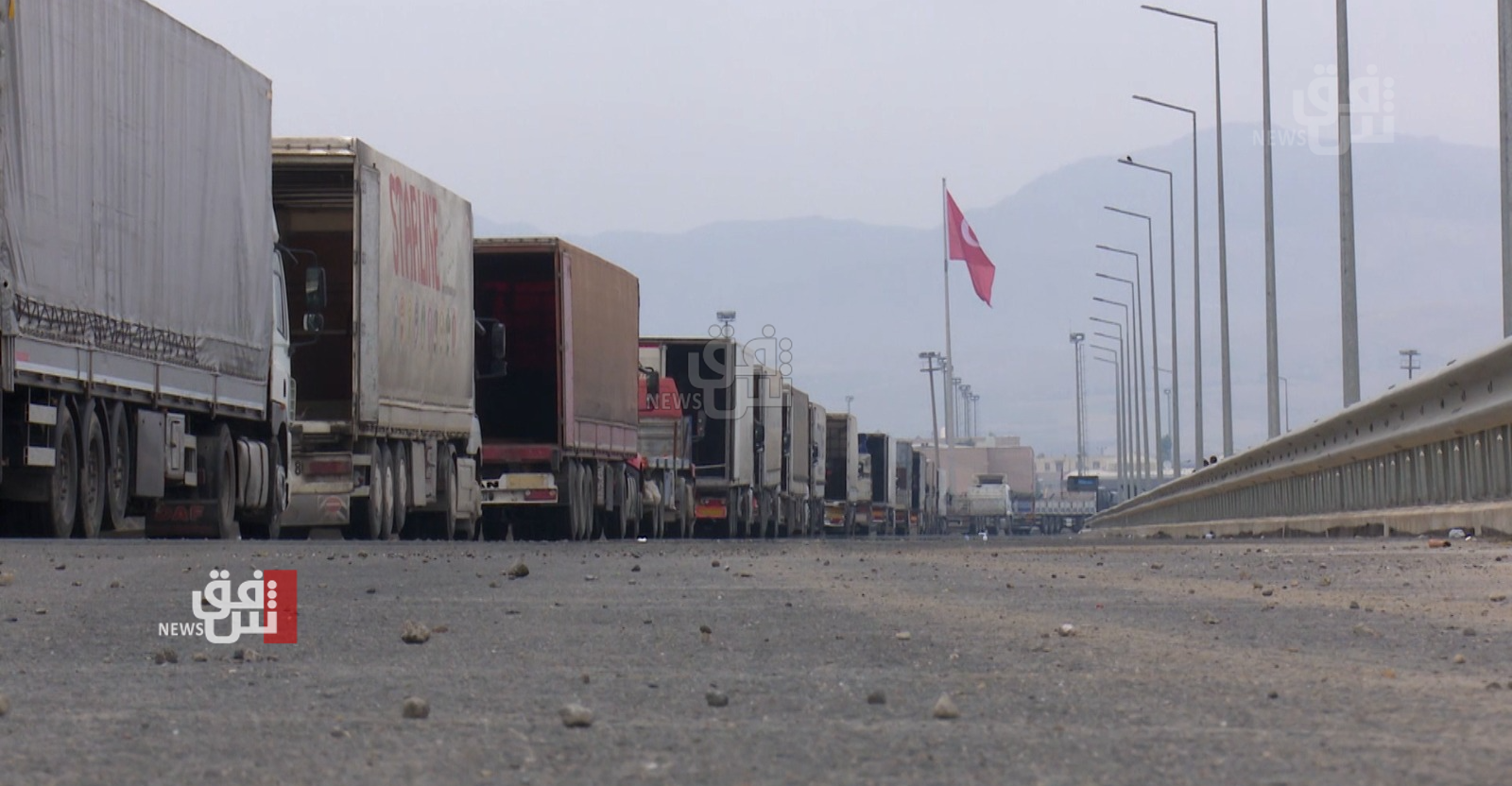Erbil might soon get air defenses following repeated missile, drone attacks

Shafaq News / The 2024 National Defense Authorization Act passed by Congress notably includes a provision for equipping Iraqi Kurdistan’s Peshmerga forces with air defenses. Such a move would likely be welcomed in the autonomous region since it has come under repeated missile and drone attacks from neighboring Iran and Iran-backed militias in recent years, attacks against which it has had no defense.
The provision in the bill, passed by both the House of Representatives and the Senate Dec. 14 and expected to be signed by President Biden, obligates the secretaries of defense and state to “develop a plan of action to equip and train Iraqi security forces and Kurdish Peshmerga forces to defend against attack by missiles, rockets, and unmanned systems” by Feb. 1, 2024, and implement it within 90 days of development.
Since the outbreak of the unprecedented Israel-Hamas War in October, U.S. troops have come under repeated rocket and drone attacks in Iraq and Syria. These attacks have targeted the U.S. troop base on the grounds of Erbil International Airport, EIA, in Iraqi Kurdistan’s capital.
EIA came under fire years before the onset of the current Gaza war, with the first rocket attack targeting the airport grounds carried out by militants in September 2020.
Many of these attacks are likely shots across the bow, intended to signal to the United States the capabilities of these militias to hit target its troops, even inside the relatively secure boundaries of the Kurdistan Region. Nevertheless, some attacks have directly endangered U.S. troops at EIA and civilians in the Kurdish capital.
For example, an explosive drone targeting the EIA troop base on Oct. 26 hit the second floor of the barracks housing U.S. troops and could have caused significant casualties and damage if it did not fail to explode, according to Reuters.
An attack against EIA on Feb. 15, 2021, saw a barrage of 14 rockets hit the base and a nearby residential area, killing a U.S. contractor in the former and severely injuring a civilian, who succumbed to those injuries a week later, in the latter.
More recently, an explosive-laden drone crashed into an unfinished residential building in Erbil on Dec. 8. Had the building been finished and inhabited, the risk of civilian casualties would have been high. Unlike the residential areas around Baghdad’s Green Zone, which has also come under repeated militia rocket and drone attacks targeting the U.S.Embassy there, the urban areas around EIA have more high rises, and even more are currently under construction.
Analysts previously reasoned in this space that American personnel didn’t risk firing their short-range C-RAM (counter rocket, artillery, mortar) system in EIA during the Feb. 15, 2021, attack since they feared unintentionally hitting tall civilian buildings nearby.
Iran fired 12 ballistic missiles at a residential area in Erbil on Mar. 12, 2022. The missiles weren’t directed at any military targets. Instead, they all hit a villa belonging to a Kurdish businessman who was negotiating a “nascent plan” for supplying Turkey and Europe with gas from the autonomous region. And while the attack did not cause any casualties, it demonstrated Iran’s willingness to target civilian areas in Iraqi Kurdistan directly.
Iran also targeted Iranian Kurdish dissidents in Iraqi Kurdistan’s Koya region. The first attack was in Sept. 8, 2018, with seven ballistic missiles targeting a building where high-level members of the dissident groups were meeting. That attack demonstrated the accuracy of Iran’s missiles and Tehran’s readiness to attack rival groups in the region in such a way.
Iran’s largest cross-border aerial assault since the 1990s, and among the most significant since the Iran-Iraq War of the preceding decade, also occurred in Iraqi Kurdistan in September 2022. Iran sought to deflect blame for widespread internal protests, sparked by the infamous death of Mahsa Jina Amini in police custody in Tehran, against external armed groups. Iran fired an estimated 70 tactical ballistic missiles and long-range explosive drones against suspected targets throughout Iraqi Kurdistan in another truly unprecedented attack.
These recurring attacks aptly demonstrated Iraqi Kurdistan’s vulnerabilities.
While U.S. troops in EIA will likely continue to provide point defense for their base with C-RAMs, the Iraqi Kurds require broader air defenses.
But any air defenses the U.S. ultimately agrees to supply Iraqi Kurdistan will not likely be nearly as advanced as the well-known, long-range MIM-104 Patriot. The Iraqi military’s most advanced ground-based air defense system at present is the short to medium-range Russian-built Pantsir-S1. Baghdad would likely object to Iraqi Kurdistan receiving any more capable system.
The U.S. would most likely supply Iraqi Kurdistan with short to medium-range systems capable of countering the militia rocket and drone attacks — which Iraqi Kurdistan would undoubtedly reserve strictly for defensive purposes. And while Iran would surely protest — Tehran already sought clarification on the matter when the provision initially emerged earlier this year — it would hardly view such an acquisition as a strategic threat.
Still, such a provision, possibly alongside some shoulder-launched surface-to-air missiles to help Peshmerga forces in the field defend themselves against makeshift explosive drones deployed by groups like ISIS, would undoubtedly be much better than nothing and long overdue.
(Forbes)




